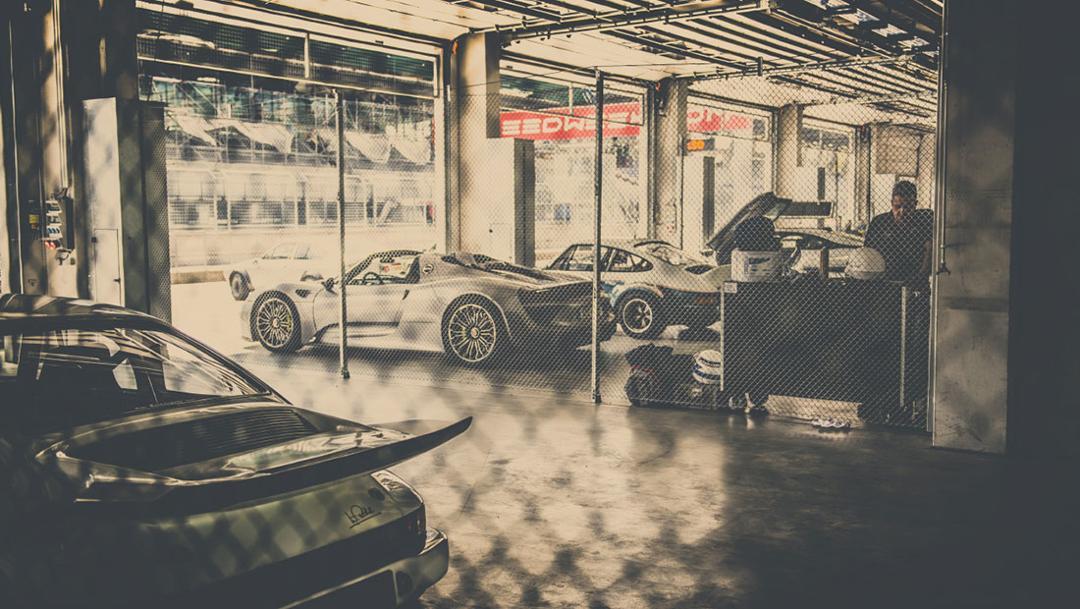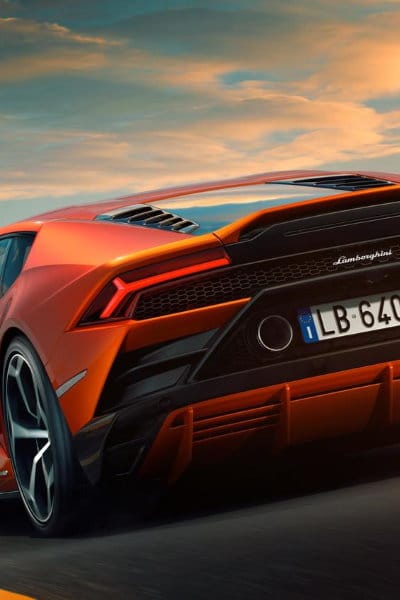- A RimBlades USA study examines the value of classic Porsche models against the S&P.
- The 1956 356A 1600 Speedster and a 1997 993 Turbo are among the Porsche cars considered.
- How did theses and other classic Porsches perform against the S&P? The results might surprise you.
Here’s one of those nifty stories about how much you would have made or lost buying and selling a particular kind of car versus the stock market. In this case, it’s Porsche versus the Standard & Poors 500 stock index. Stories like this come up every so often, and they actually go pretty far back. I once read a study that tied the Dow Jones into a woman’s hem lines in the 20s and 30s.
So something might or might not track with stock values, but the real question is can you make money off the car you just bought?
Solid Gold Volvos
I was hanging out with my friend Carl The Mechanic at his shop many moons ago. I got there just as a customer was paying up and leaving. He was glowing over some new Volvo station wagon with a bunch of factory performance stuff, concluding: “I have to buy one! The money I’ll make selling it will pay my kids college tuition.”
After he left, Carl looked at me and said, “why don’t people understand you never make money with cars, you only lose money?”
Some Exclusions Apply . . .
Obviously this is not true across the board. If you buy something rare now, chances are, it’ll be worth more in the long run. Stuff like Ferraris and certain kinds of Lamborghinis and such, yes, over a fairly long period, decades at a minimum. But most cars, nah. You should always buy it because you like the car and will enjoy owning it. If you make money off it later, then so much the better.
So what does the latest data show us when Porsche takes on the Standard & Poors 500?
“The good news is that a 918 Spyder’s value is headed in the right direction,” said Adam Dangleman, Director of RimBlades USA. “The bad news is selling your classic Speedster isn’t adding much to your retirement savings.”
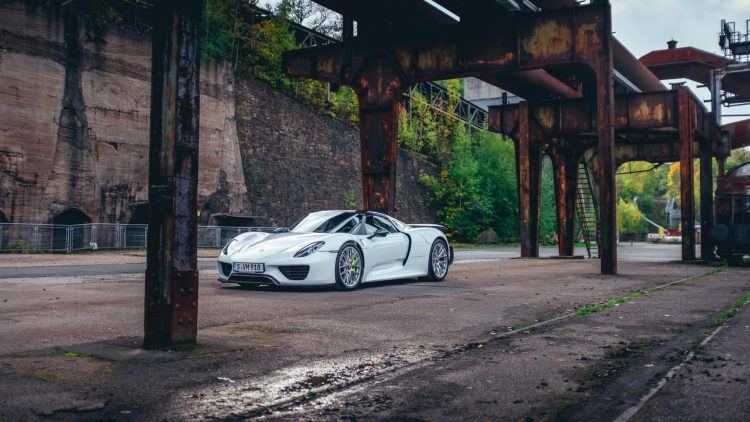
Porsche Versus The S&P: Stocks Outpace Sports Cars
RimBlades USA looked at four specific Porsche models in their study: a 1956 356A 1600 Speedster, a 1997 993 Turbo, a 2004 Carrera GT, and a 2015 918 Spyder. And guess what? None of them really worked that well as an investment. Only the 918 outpaced the S&P, and not by much.
When you look at the graphic below, you see how things are kind of wonky. First off, they use “auction value” for what any of these cars are worth today, calculating that against the S&P gain or loss since the car was new. What is an auction value? It’s not the sale price of a car, I can tell you that. Auction sale prices are notoriously quirky, to put it mildly.
All you need is two or three real estate developers or pharma salesmen with fat waistlines and even fatter wallets to get it into their heads that they just have to buy their (4th) wife that cute little Goggomobil at the Mecum auction, and next thing you know, you’ve got a Goggomobil TS Coupe going for used Aston Martin money, when a year ago they could be bought for the down payment on a minivan.
Jumping To Conclusions
Also, two of the three Porsche cars, the 1997 993 Turbo and the 2004 Carrera GT haven’t been around long enough to smooth out the ups and downs of the collector market. In the mid-70s, dealers couldn’t give muscle cars away, and now they are selling for ridiculous six-figure prices. Give both of those cars another 20 years or so, and then we can talk about their “inherent value.”
Curiously, the 1956 356A 1600 Speedster doesn’t do so well either. Given how those things have skyrocketed in price over the last decade, the fact it hauls in only half of what you would have gotten from the S&P index over the same time is kind of oddly impressive. Also, yes, we here at Automoblog Towers noticed that the picture RimBlades USA has on their graphic is of a 356 Coupe and not a Speedster.
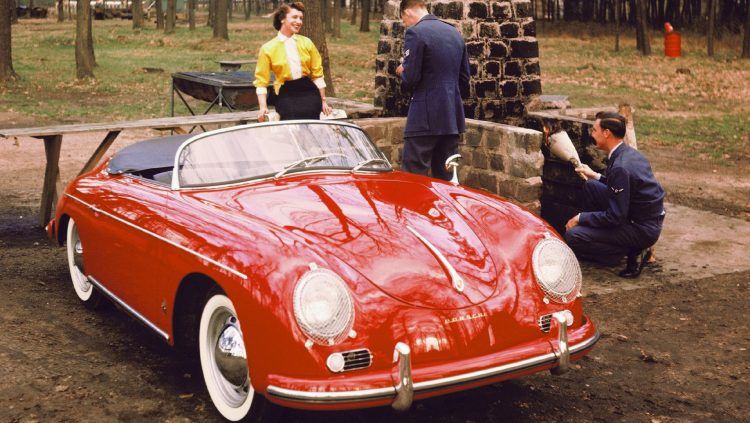
- Related: Happiness is a state of mind: a day spent with the Porsche GT3 RS.
Blowing Bubbles
The only one of the quartet that does make money is the 2015 Porsche 918 Spyder, and even then it’s around $75-thou. Even more importantly in the case of the 918 is the timeframe. For one, it’s too short, for another, the stock market has been a little nuts lately for a bunch of really scary reasons you don’t have to be Alfred P. Sloan to figure out. And, even more concretely, the three year time span is relevant because we’re in the secondary market bubble portion of the sales life of a very specific supercar.
The secondary market bubble is when the first owners of a highly desirable car finally sell it onto the secondary market, allowing those that were not in line to, at last, buy the car they’ve been lusting after. When you’re in the secondary market bubble, the selling price is usually much more than the MSRP ever was.
Then that price will slowly drop to more reasonable levels as more and more of that model hit the secondary market (good ol’ supply and demand) along with the “shiny and new” element also fading away.
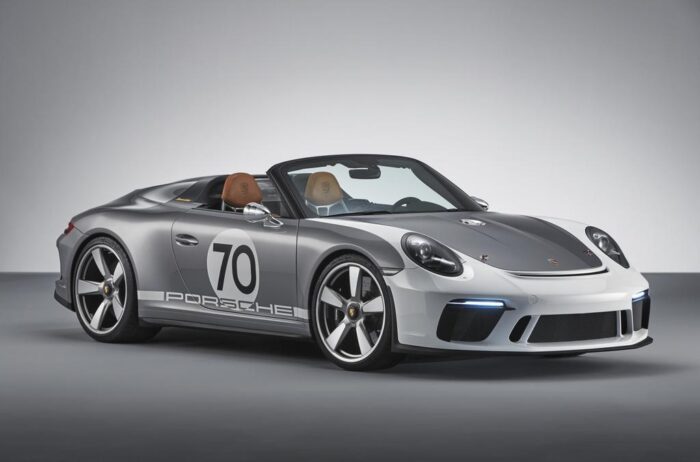
[bctt tweet=”The only one of the quartet that does make money is the 2015 @Porsche 918 Spyder.” username=”Automoblog”]
Future Considerations
But like I said, don’t buy a car because you think it’s going to make you money, but because you’ll enjoy owning it and driving it. And personally, I could have any of these cars and would enjoy driving them very much.
“Playing the stock market always has some ups and downs,” Dangleman said. “But if you invest in a Porsche, you’re at least guaranteed a consistently great driving experience.”
Except for the Carrera GT. Those things are evil handling killers, even by Porsche standards.
Tony Borroz has spent his entire life racing antique and sports cars. He is the author of Bricks & Bones: The Endearing Legacy and Nitty-Gritty Phenomenon of The Indy 500, available in paperback or Kindle format. Follow his work on Twitter: @TonyBorroz.
918 Spyder Cover Photo: Picture Book, Stefan Bogner, Delius Klasing (DK) of Germany, 2015.
Methodology
Here is how RimBlades USA calculated the final figures in this study:
-
Start with the original MSRP of each vehicle.
-
Take that and consider an investment into an S&P fund on January 1st of the car’s model year.
-
Take the 2018 value, or the price it fetched at auction, for each vehicle.
-
Subtract the MSRP from that number. There’s the return on the car.
-
Using the DQYDJ S&P Periodic Investment Calculator, determine the return of the MSRP investment that would have been deposited January 1st of the specific year.
-
The chart represents the returns on the S&P investments as of January 1st 2018.
-
Calculations do not include maintenance, taxes, or insurance costs.

